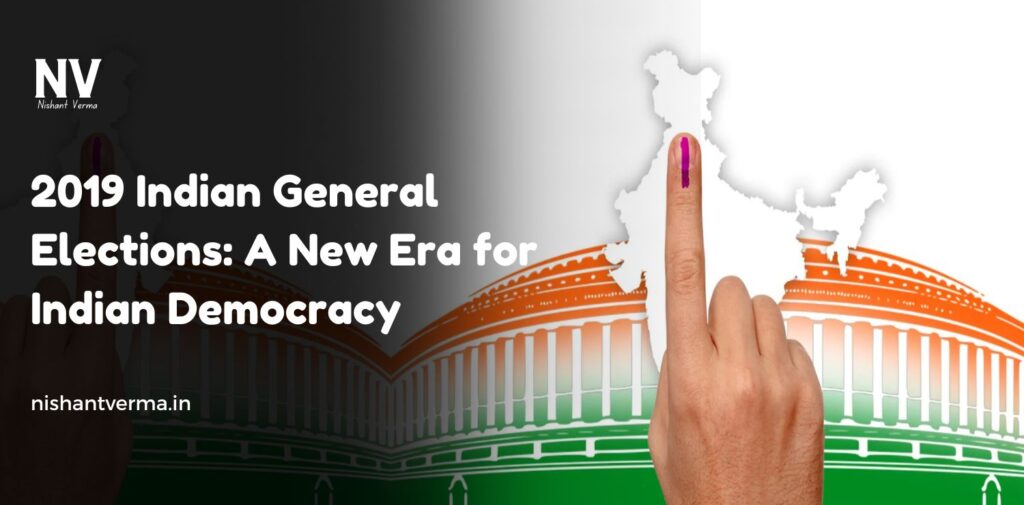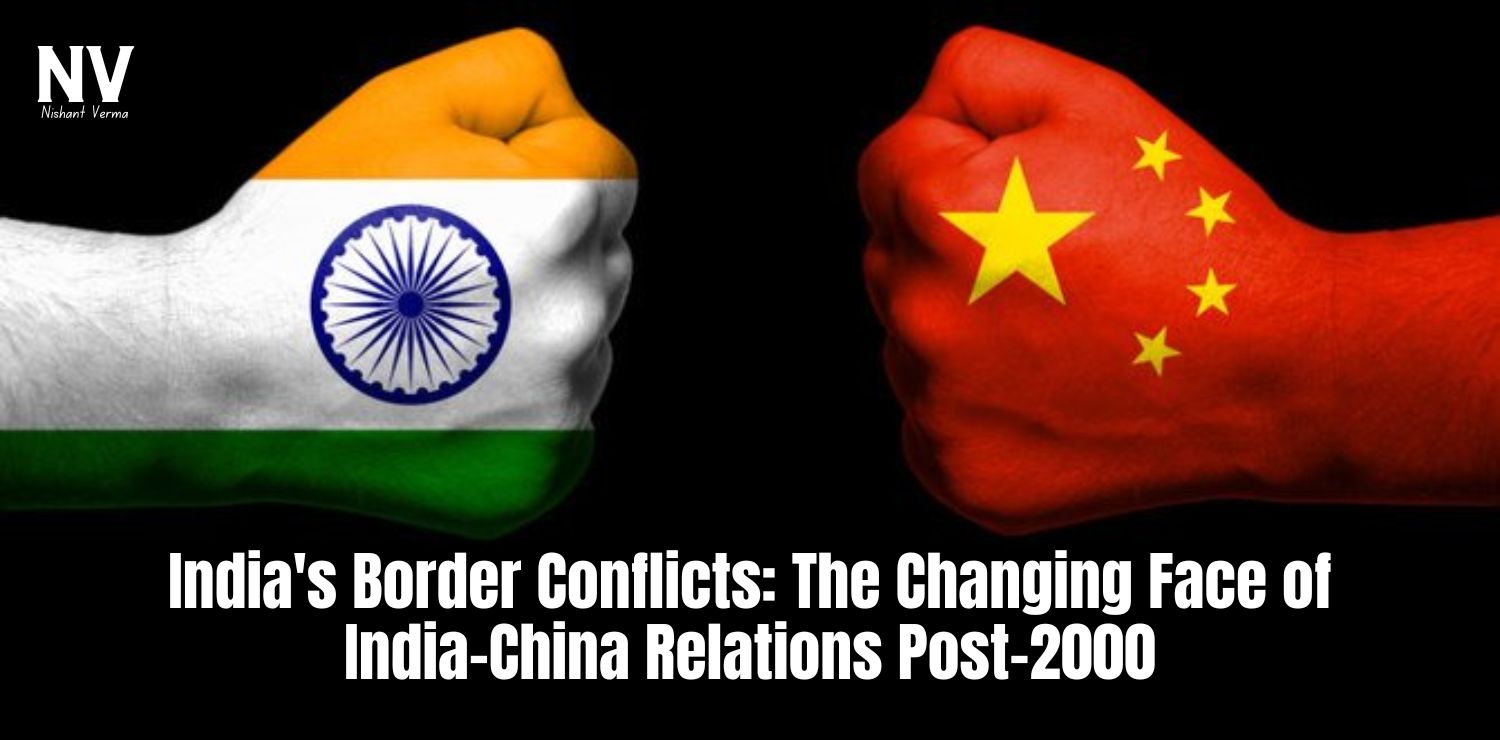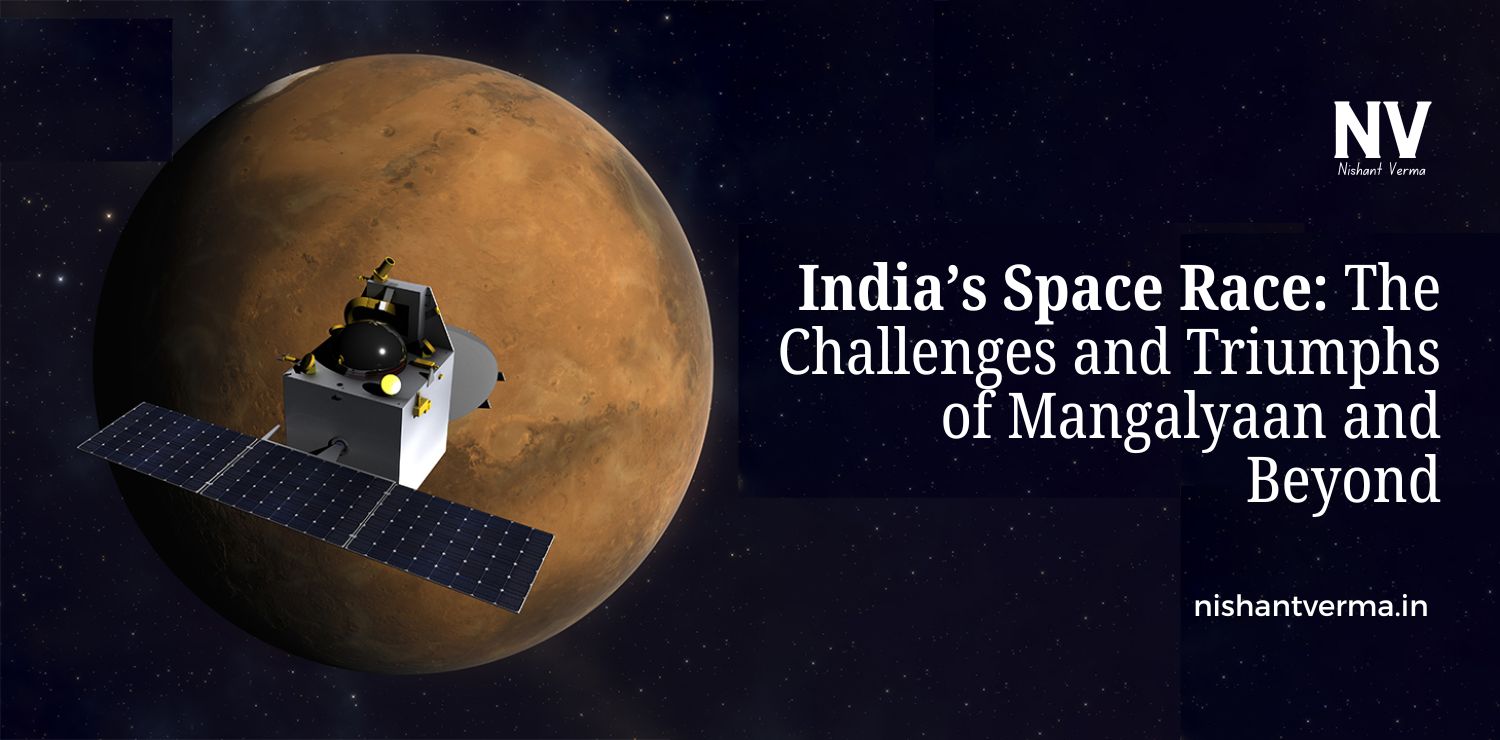The 2019 Indian General Elections marked a historic moment in the nation’s political journey. India, being the world’s largest democracy, saw millions of citizens participate in the electoral process, reflecting the strength and vitality of the democratic system. With over 900 million eligible voters and more than 600 political parties contesting for power, these elections were a testament to the power of democracy in the world’s most diverse nation. This article delves into the significance of the 2019 elections, the changing political landscape, and how they ushered in a new era for Indian democracy.
The Election Campaign: A Fierce Battle for Power
The 2019 General Elections were highly anticipated, and the political parties, especially the Bharatiya Janata Party (BJP) and the Indian National Congress (INC), went all out in their campaigns. The BJP, led by Prime Minister Narendra Modi, was determined to retain power for another term, while the INC, headed by Rahul Gandhi, sought to make a comeback after their defeat in 2014.
The campaigns were marked by intense debates on issues like national security, economic growth, job creation, and social justice. Prime Minister Modi’s leadership and vision for a “New India” played a central role in the BJP’s strategy, while the INC focused on promises of job creation, poverty alleviation, and tackling economic inequality. The media played a significant role in shaping the narrative, with constant coverage of rallies, debates, and controversies.
Additionally, the elections saw the rise of regional parties, especially in states like West Bengal, Tamil Nadu, and Uttar Pradesh. These regional players played a key role in influencing the outcome of the elections, challenging the dominance of national parties.
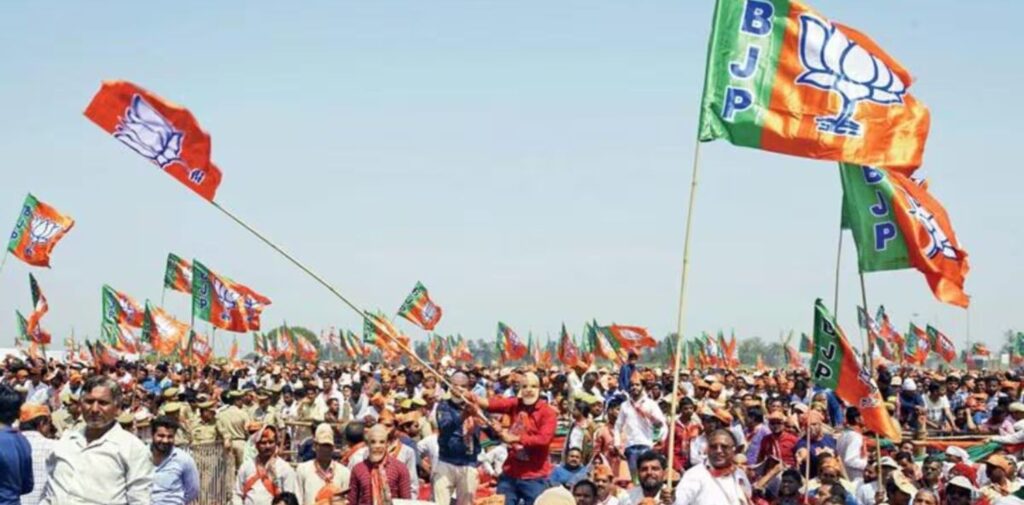
The Role of Social Media and Technology
One of the most striking features of the 2019 elections was the role played by social media and technology. Platforms like Facebook, Twitter, and WhatsApp became crucial tools for political communication. Political parties used these platforms extensively to connect with voters, spread their messages, and counter rival campaigns.
Prime Minister Modi’s presence on social media was particularly notable, with millions of followers across various platforms. His digital outreach allowed him to directly connect with citizens, bypassing traditional media channels. On the other hand, opposition leaders also leveraged social media, but there were concerns about the spread of misinformation and fake news. Fact-checking became an essential part of the election process, as both parties and voters had to deal with a constant flow of misleading content.
The use of technology didn’t stop at social media. The Election Commission of India (ECI) introduced innovative measures to ensure transparency and fairness in the voting process. The use of Electronic Voting Machines (EVMs) and Voter Verifiable Paper Audit Trails (VVPATs) helped in ensuring that the election results were credible and free from tampering.
Voter Turnout: A Sign of Growing Engagement
One of the most encouraging aspects of the 2019 Indian General Elections was the high voter turnout. A record 67.11% of eligible voters cast their ballots, which was an increase compared to previous elections. This spike in voter participation reflected growing political awareness and engagement among the Indian populace.
The turnout also saw an increase in participation from youth and women. The younger generation, particularly those between the ages of 18 and 35, showed greater enthusiasm in exercising their voting rights. Several awareness campaigns and initiatives like the ‘Go Vote’ campaign helped in motivating people to come out and vote.
In addition, women voters in India have increasingly become an influential force in elections. The 2019 elections saw a significant increase in women’s participation, with female voters constituting around 49% of the total electorate. This shift reflected the changing dynamics of Indian politics, where the concerns and voices of women are becoming more prominent.
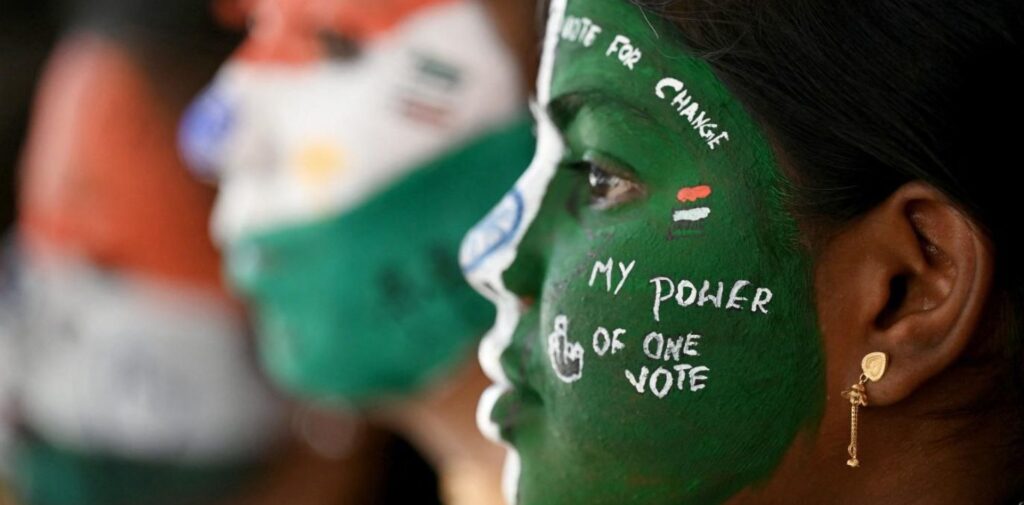
The Results: A Landslide Victory for the BJP
The results of the 2019 General Elections were a clear indication of the changing political landscape in India. The BJP, led by Prime Minister Modi, emerged victorious in a spectacular fashion, winning 303 seats out of 545 in the Lok Sabha, securing a clear majority. This was a massive gain from the 282 seats the party won in 2014. The victory was not just a personal triumph for Modi but also a significant endorsement of his policies and leadership.
The BJP’s success in the elections can be attributed to several factors. First and foremost, Modi’s popularity and image as a strong, decisive leader played a crucial role in rallying support. His government’s focus on issues like national security, economic reforms, and the fight against corruption resonated with a large section of voters. The successful surgical strike against Pakistan-based militants in 2016 and the airstrike in Balakot in 2019 during the Pulwama attack brought a sense of pride and security to many Indians, especially in rural and semi-urban areas.
The Congress, on the other hand, had a dismal performance. It won only 52 seats, a significant decline from the 2014 elections, and failed to make a comeback. The party struggled to create a compelling narrative and present a strong alternative to Modi’s leadership. The election results were a major blow to the Congress, and it signaled the continuing dominance of the BJP in Indian politics.
Regional parties also had mixed results. Some, like Mamata Banerjee’s Trinamool Congress (TMC) in West Bengal and Y. S. Jagan Mohan Reddy’s YSR Congress Party in Andhra Pradesh, performed well and emerged as significant players in their respective states. However, other regional parties faced setbacks, indicating that the national parties were still holding sway in many parts of the country.
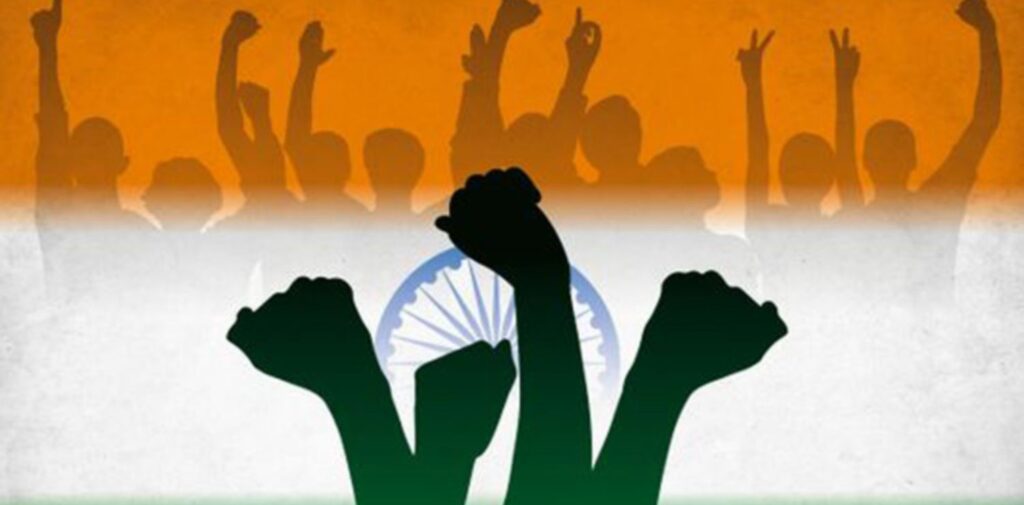
The New Era of Indian Democracy: What’s Next?
The 2019 General Elections marked the beginning of a new era for Indian democracy. With the BJP securing a decisive mandate, the political landscape was once again redefined. The success of the BJP was not just a victory for a party but a reflection of the growing trend of centralization in Indian politics, where national parties and their leaders dominate the political discourse.
The elections also signaled a shift in the way politics is conducted in India. The increasing role of social media and digital communication is likely to shape future elections, and parties will continue to innovate in their outreach strategies. At the same time, the challenges of misinformation, fake news, and the need for electoral reforms will continue to be major concerns for the future of Indian democracy.
Another significant development was the rise of regional parties and the increasing involvement of women and youth in the electoral process. These groups will continue to play an important role in shaping the future of Indian democracy, and their influence is likely to grow in the coming years.
India’s democracy remains vibrant, with diverse opinions, beliefs, and aspirations. The 2019 elections were a testament to this diversity, as people from all walks of life, across various regions, cast their votes to shape the country’s future. The success of the BJP has brought new opportunities and challenges for the nation, and it will be interesting to see how the political landscape evolves in the years to come.
Conclusion: 2019 Indian General Elections
The 2019 Indian General Elections were more than just a political event; they were a reflection of the changing dynamics in India’s democracy. With a new era marked by social media influence, rising voter participation, and shifting political power, the elections showcased the strength and resilience of Indian democracy. While the BJP’s victory set the stage for another term of leadership, the elections also reminded us of the importance of engagement, dialogue, and participation in the democratic process. As India moves forward, these elections will continue to influence the way politics is practiced, and the voices of millions will determine the future of the nation.

